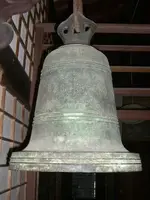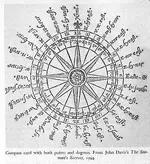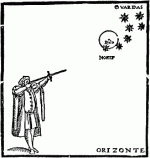I wanted to share with viewers my favorite Jesuit religious piece of art to make a couple points.
This is the reliquary containing the bones of Saint Peter and Saint Paul, and when I first laid my eyes on this years ago, it had a great impact on my life!
I apologize that this photo is black and white, but it is truly one of the most magnificent pieces held once by the Jesuits made in pure silver and emeralds stunning the surface.
The Jesuits went to extreme lengths to have the finest religious pieces made...as well as asking for relics to be sent over from the pope to New World establishments.
This reliquary was commissioned to be made to hold the bones of these saints around 1579 when the Jesuits received relics sent from Pope Gregory XIII.
After the expulsion of the Jesuits in 1767, the reliquary became part of the Museo Eclesiastico of the Mexico City Cathedral...so this shows that many of the Jesuit artifacts were saved and preserved in other churches after the expulsion.
In the last century, it was moved to the Museo Nacional del Virreinato if anyone is interested to view it first-hand.
I wanted to show also how ornamental and intricate the work is displayed...with fruits and foliage, geometric forms, and rollwork.
The elements contained on it are of very high caliber and meaningful of the Jesuit Order. Even though it is said that the bell we are investigating is a simple run-of-the-mill object...I tend to disagree. I do believe the bell was for a Jesuit establishment and that every one of those marks on the bell served a purpose and a clue for its intention.
The Jesuits were not the only order to mark their artifacts with clues. This reliquary cross contains some very interesting figures...very tiny...on the upper portion. The presence of St. Francis of Assisi is recognizable in the arrangement...confirming this piece was once owned by the Franciscan Order.
I have no doubt that our bell is Jesuit with all the indicated symbols...especially with the "H" almost aligned over the cross.
I also have no doubt that Jason will find more religious objects out there on this wreck.
Perhaps a reliquary as my favorite one is sitting on a reef waiting to brought up by a lucky diver!









